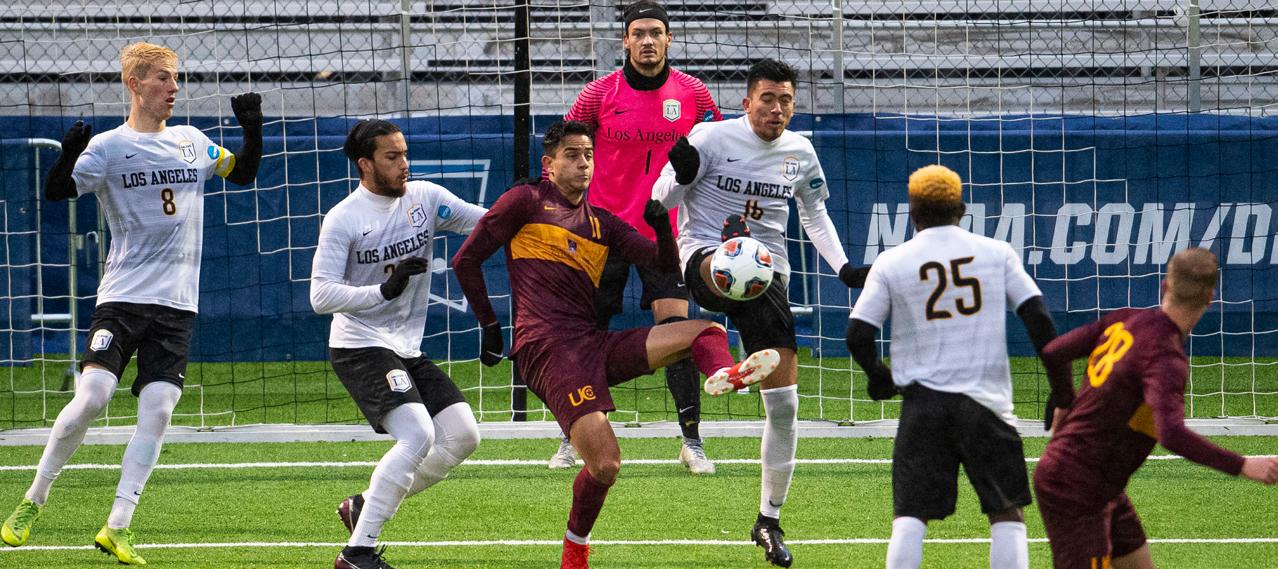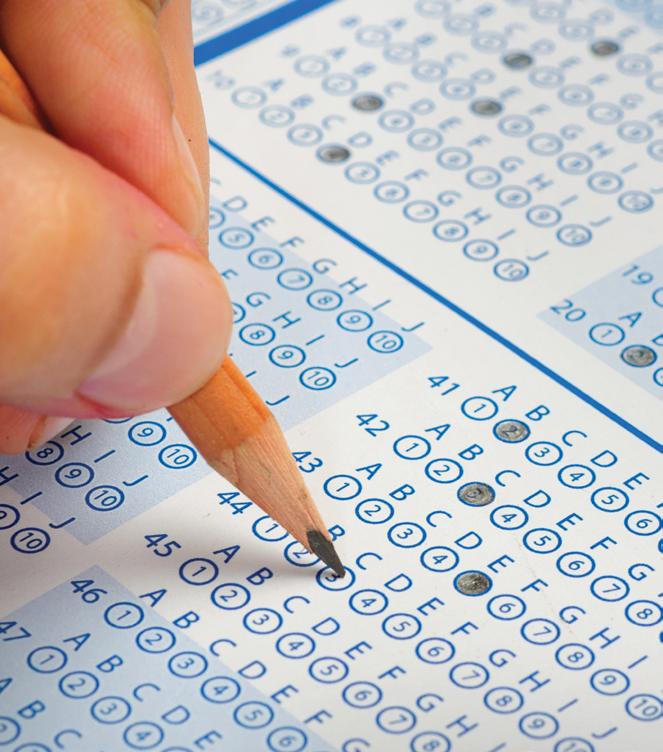what is a core course?
transcripts After completing four semesters of high school, ask your school counselor to upload an official transcript to your NCAA Eligibility Center account. If you have attended more than one high school or took courses from more than one program, the Eligibility Center needs an official transcript from all high school(s) or program(s) you attended. You will also need to ask your school counselor to send your final transcript with proof of graduation once you have completed high school. Please note: The NCAA Eligibility Center does not accept grades from one high school or program transcribed on another high school’s transcript. High schools have the capability to upload transcripts directly to a student’s account for free from the High School Portal. As with other electronic transcript providers, this process is much quicker than using the U.S. Postal Service or any overnight delivery method. Students should contact their school counselor to ask for their transcript to be uploaded or sent electronically through one of the approved e-transcript providers listed below: • National Transcript Center.
• XAP.
• Parchment.
• Naviance.
• Scrip-Safe/Credentials.
• State of Georgia: DIRECT.
• Scribbles Software.
• Cialfo.
In order to send a transcript by U.S. mail or through an overnight or express delivery service, please use the appropriate address on page 1. • International students: For information on proper submission procedures for transcripts and academic records, see page 29 or visit ncaa.org/international. Note: Some approved programs that have a list of NCAAapproved courses are not credit-awarding institutions and, therefore, do not produce official transcripts. If you attend an approved program that does not award credit, a grade report from the program should be submitted.
NCAA schools require college-bound student-athletes to build a foundation of high school courses (core courses) to prepare them for the academic expectations in college. For a high school class to be an NCAA-approved core course, it must meet these conditions: 1. Be a four-year college preparatory course in one of these subject areas: • English. • Math (Algebra I or higher). • Natural/physical science. • Social science. • Foreign language. • Comparative religion or philosophy. 2. Be taught at or above your high school’s regular academic level. 3. Receive credit toward high school graduation and appear on an official transcript with course title, grade and credit awarded. Approved classes are added to your school’s list of NCAAapproved core courses. Make sure you are taking courses on the approved list; ask your counselor if you need help.
• USMO ET.
What is Not a Core Course Not all high school classes are NCAA-approved core courses. Some examples of courses that are not NCAAapproved core courses include:
REMEMBER
• Courses in non-core areas, such as driver education, typing, art, music, physical education or welding.
If you have attended more
• Courses that prepare students for the world of work or life, or for a two-year college or technical school, such as personal finance, consumer education or tech prep.
than one high school or took courses from more than one program, the NCAA Eligibility Center needs an official transcript
• Courses taught below grade level, at a slower pace or with less rigor or depth, such as basic, essential, fundamental or foundational courses.
from ALL high schools or programs.
Core-Course Credits You can earn credit for a core course only once. If you take a course that repeats the content of another core course, you earn credit for only one of these courses and the higher grade counts toward your core-course GPA. For more information on core-course credits, visit ncaa.org/studentathletes/future/core-courses.
Courses Taken Before High School If you take a high school class such as Algebra I or Spanish I in eighth grade, the class may count toward your 16 core courses if it appears on your high school’s list of NCAAapproved core courses and is shown on your high school transcript with grade and credit.
Courses Taken After High School For information about courses taken after high school, see page 20 for Division I or page 23 for Division II.
College Courses, Dual-Enrollment Courses and Dual-Credit Courses College courses may be used to satisfy NCAA corecourse requirements if the courses are awarded a grade and credit by the high school for any student and meet all other requirements for core courses. College courses must be placed on the student’s high school transcript with clarification of college completion.
REMEMBER Find your high school’s list of NCAA-approved core courses at eligibilitycenter.org/courselist.
• Credit-by-exam courses.
equivalency tests/diplomas A state high school equivalency test (e.g., General Educational Development) may be accepted as proof of graduation under certain conditions, but it will not satisfy requirements for core courses, GPA or SAT/ACT scores. The equivalency test may be accepted as proof of graduation if taken after the graduation date of your class and before 14 GUIDE FOR THE COLLEGE-BOUND STUDENT-ATHLETE
full-time enrollment into any college or university. You will need to mail an official copy of the applicable certificate along with your state high school equivalency test scores to the NCAA Eligibility Center. You can contact your state education agency to request the certificate and test scores to be sent to the NCAA Eligibility Center. GUIDE FOR THE COLLEGE-BOUND STUDENT-ATHLETE
15






